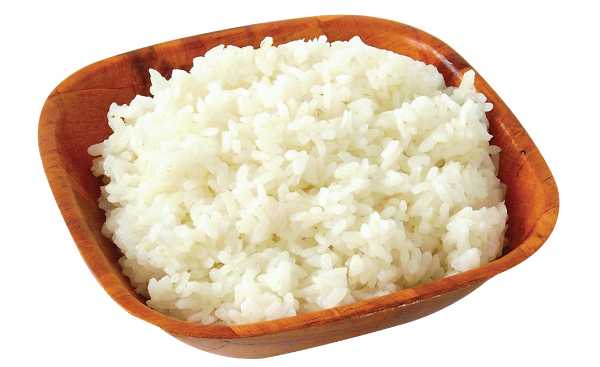NOT ALL WHITE foods are bad

You are often reminded by nutritionists to avoid white this and white that – white bread, white rice, white vegetables – and opt for brown or coloured fruits and vegetables. But not all white foods are bad. Here are some that should not miss in your diet.
White foods are generally thought of as unhealthy, but they are not all bad.
Although they are not brightly coloured, vegetables such as potatoes, parsnips and turnips are still rich in nutrients. Here are more reasons why you should be enjoying them as much as other foods.
White potatoes
White potatoes fall into the ‘high category on the glycaemic index – GI (a ranking system designed to show how quickly the sugars from foods are absorbed into your blood stream), but just because a food has a high GI doesn’t mean it’s unhealthy. Foods that are high on the GI index can help you recover faster from workouts or any tiring activity as they increase the production of insulin, which helps shuttle glucose into your muscles to restock and replenish glycogen stores. Research also shows that, calorie-for-calorie, white potatoes have the highest index of any food already tested – meaning they will keep you fuller for longer. Stick to boiled and baked potatoes though, as chips don’t count.
White rice
White rice often gets a bad health rap for being a high GI food and also low on nutrients. To make white rice, the husk and all, or part of the bran
and germ are removed, thus losing fibre and minerals in the process. However, basmati rice, a variety of long-grain white rice, is lower in starch than other varieties so has a moderate GI, helping keep your blood sugar levels steady and your hunger levels at bay. Basmati rice is a good source of iron, manganese and B vitamins such as niacin and thiamin. Because it’s low in fibre, white rice is easily digested and great for relieving stomach upsets and morning sickness for pregnant women.
Cauliflower
As one of the family of cruciferous vegetables (along with cabbage and broccoli), cauliflower contains numerous vitamins and minerals, including fibre, potassium (essential for proper hydration) and loads of vitamin C. A phytonutrient called glucosinolate is also activated while chewing cauliflower, which can help trigger the body’s detoxification process. Cauliflower also contains omega-3 fatty acids, which will lower inflammation in your body and improve recovery time, making it an ideal post-workout food.
Parsnips
Parsnips are sweet and taste more like a fruit than a plain vegetable, but don’t let their high GI value make them fall off your healthy eating list. They are full of potassium, fibre and vitamin K, which aids cell growth and helps your blood to clot. They are also high on fibre and low on calories. Eat them with a source of protein such as chicken, beans or lentils, which will help slow the absorption of sugar in your blood stream so you don’t get an insulin spike and feel lethargic and hungry again quickly.
Turnips
Turnips are another of those ‘high volume’ foods that fill you up without costing you a lot of calories. Carbohydrates are the most abundant macronutrient in turnips, but they are also packed with a wealth of vitamins and fibre to take advantage of. Mash or use them in soups or thinly slice and dry roast to make vegetable crisps.
Published in December 2015




